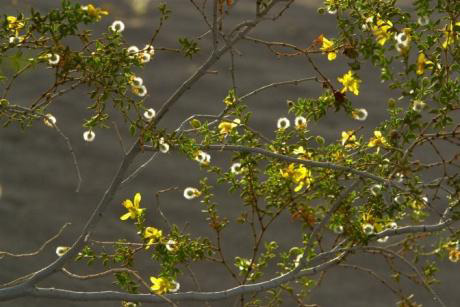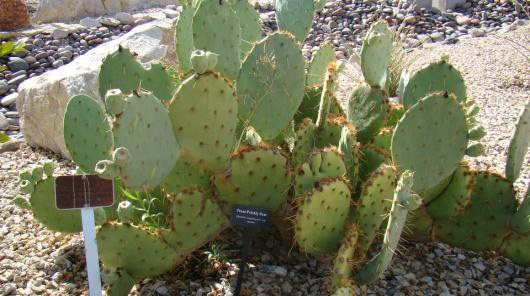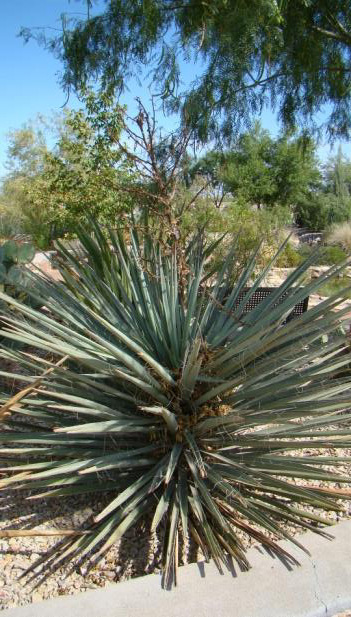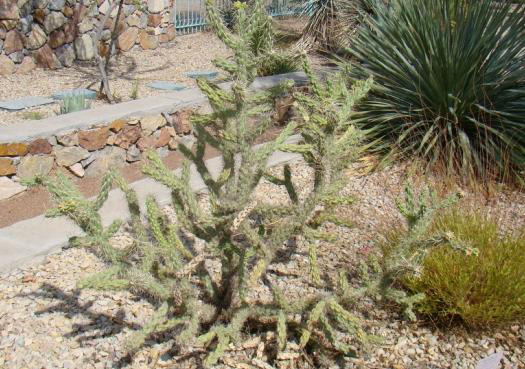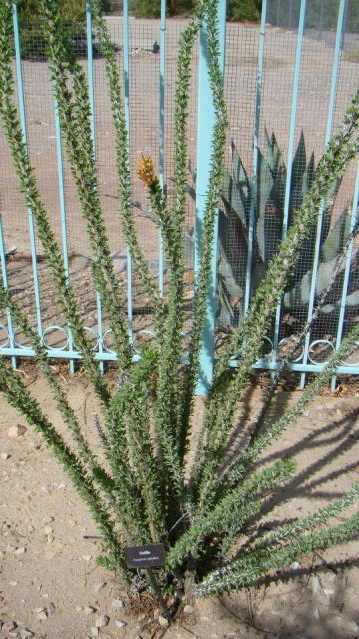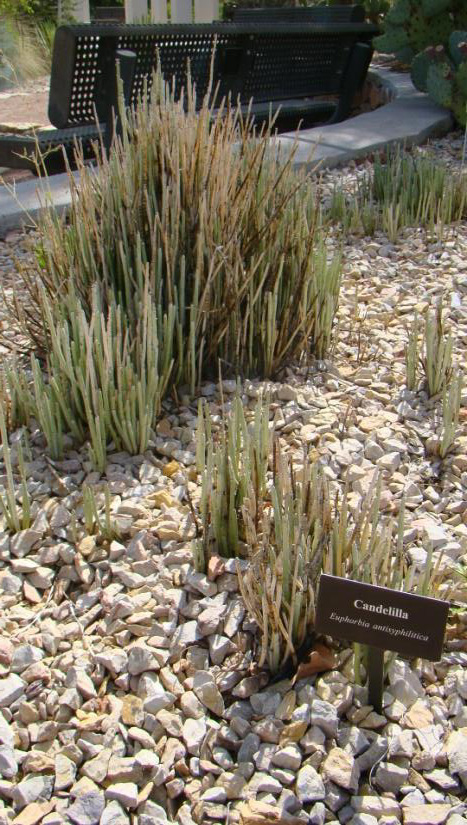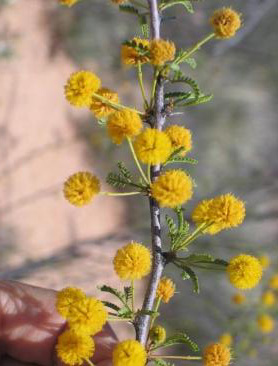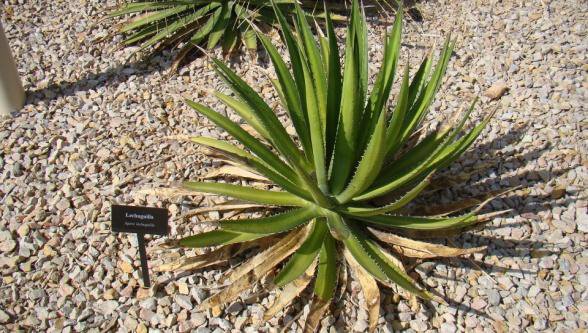Non-Native and Native Plants
Unwelcomed visitors!
Native plants evolved as part of the ecosystem and have been part of our landscape since before the arrival of Europeans. They have adapted through natural selection to the soil, climate, and other plants and animals of the ecosystem. Nonnative plants, also known as “exotics” or “aliens,” are recent arrivals from other ecosystems. The diseases, pests, and predators that keep most species in check may not exist for them in our ecosystem, creating a potential for them to become invasive.
Salt cedar (Tamarix species)
Tamarisk may have been introduced in our area for erosion control. It propagates prolifically by seeds that frequently travel by wind or water. It also reproduces vegetatively; broken plant parts, even tiny leaf-scales, can take root and start new plants. Tamarisk is a thirsty plant taking lots of water. It competes with native plants and can displace wetland habitat.
Russian thistle / Tumble weeds (Salsola species)
Although an iconic symbol of the desert southwest the tumbleweed was accidently imported into South Dakota from Russia in the 1870’s in shipments of flaxseed. It has now become a noxious weed that has spread throughout North America.
Russian Olive (Elaeagnaceae)
Russianolive can outcompete native vegetation, interfere with natural plant succession and nutrient cycling, and tax water reserves. Although Russian-olive provides a plentiful source of edible fruits for birds, ecologists have found that bird species richness is actually higher in riparian areas dominated by native vegetation.
View the gallery of Native plants
- Creosote Bush
- Prickly Pear
- Yucca
- Cholla
- Ocotillo
- Candelilla
- Viscid Acacia
- Lechuguilla

